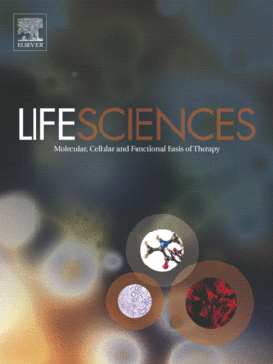
“The endocannabinoid system (ECS) comprises a complex of receptors, enzymes, and endogenous agonists that are widely distributed in the central nervous system of mammals and participates in a considerable number of neuromodulatory functions, including neurotransmission, immunological control, and cell signaling. In turn, the kynurenine pathway (KP) is the most relevant metabolic route for tryptophan degradation to form the metabolic precursor NAD(+).
Recent studies demonstrate that the control exerted by the pharmacological manipulation of the ECS on the glutamatergic system in the brain may offer key information not only on the development of psychiatric disorders like psychosis and schizophrenia-like symptoms, but it also may constitute a solid basis for the development of therapeutic strategies to combat excitotoxic events occurring in neurological disorders like Huntington’s disease (HD).
Part of the evidence pointing to the last approach is based on experimental protocols demonstrating the efficacy of cannabinoids to prevent the deleterious actions of the endogenous neurotoxin and KP metabolite quinolinic acid (QUIN).
These findings intuitively raise the question about what is the precise role of the ECS in tryptophan metabolism through KP and vice versa. In this chapter, we will review basic concepts on the physiology of both the ECS and the KP to finally describe those recent findings combining the components of these two systems and hypothesize the future course that the research in this emerging field will take in the next years.”







